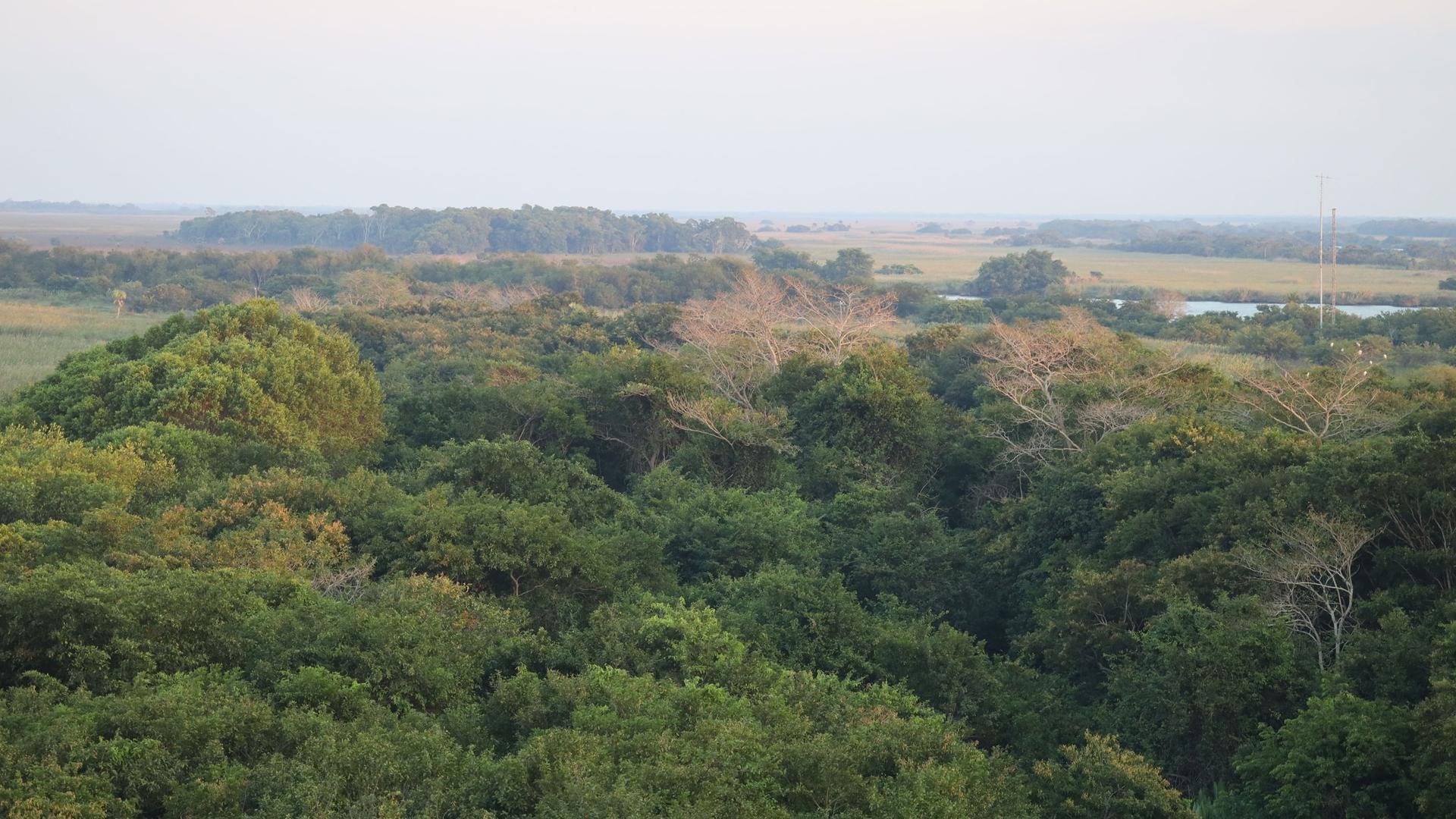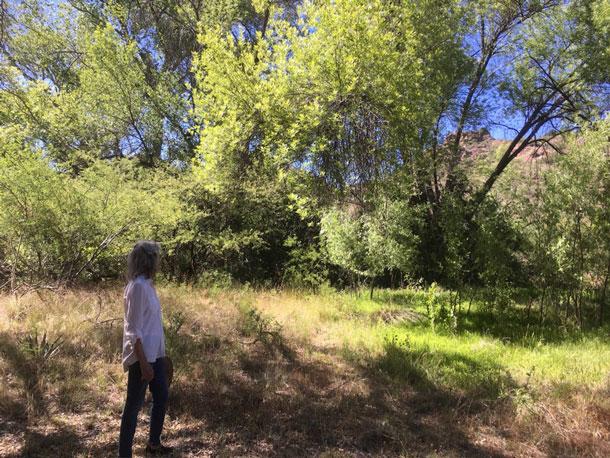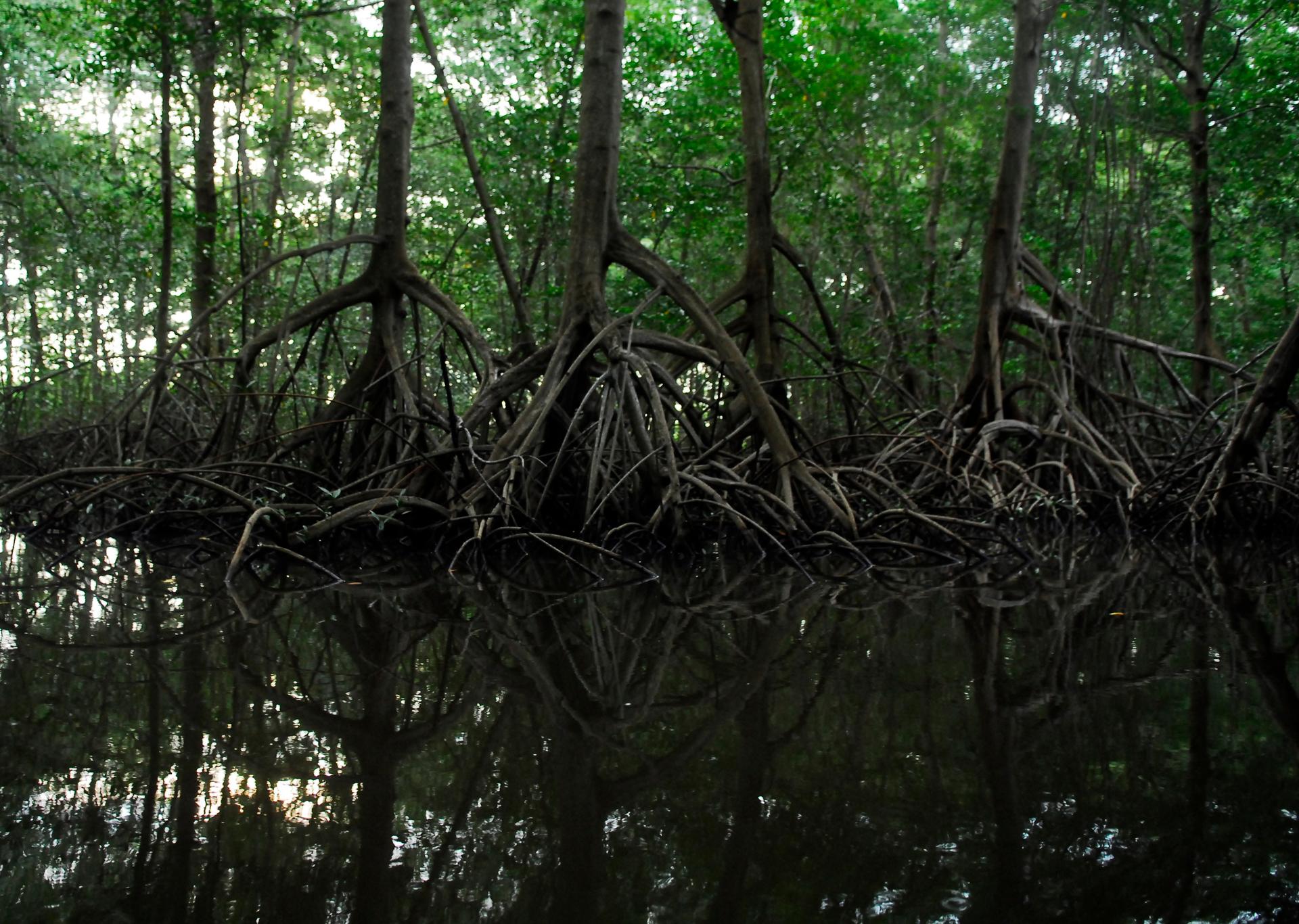Aquatic ecology
Conservationists focus on community reforestation efforts to save Mexico’s wetlands
Mexico’s Centla wetlands are part of an ecological reserve in the southeastern Tabasco state that has been impacted by deforestation, cattle grazing and man-made fires. In recent decades, conservationists with Casa del Agua have promoted reforestation and community education to save the wetlands.
We want to hear your feedback so we can keep improving our website, theworld.org. Please fill out this quick survey and let us know your thoughts (your answers will be anonymous). Thanks for your time!
New research discovers high levels of caffeine in surprising areas of ocean, rivers
A group of scientists in the Pacific Northwest have been looking into where caffeine accumulates in our national water system. They found it not in areas of high population, but in areas with low population, where septic systems are the primary means of waste disposal.
As ocean gets more acidic, situation is exacerbated in Puget Sound
The carbon dioxide we release is absorbed by the Earth’s oceans. But it doesn’t just benignly vanish. It’s eventually released into the water, making the water more acidic. That’s feeding algae blooms and killing some animals. In the Puget Sound, the situation is even worse.
Experts tangle over whether fracking waste is making drinking water unsafe
In Pennsylvania, there are increasing concerns that the drinking water is no longer safe, after high levels of bromides have entered the water system. Many blame fracking waste for the increase, but there’s no definitive source yet.
Subscribe to The World’s Latest Edition podcast for free using your favorite podcast player:


